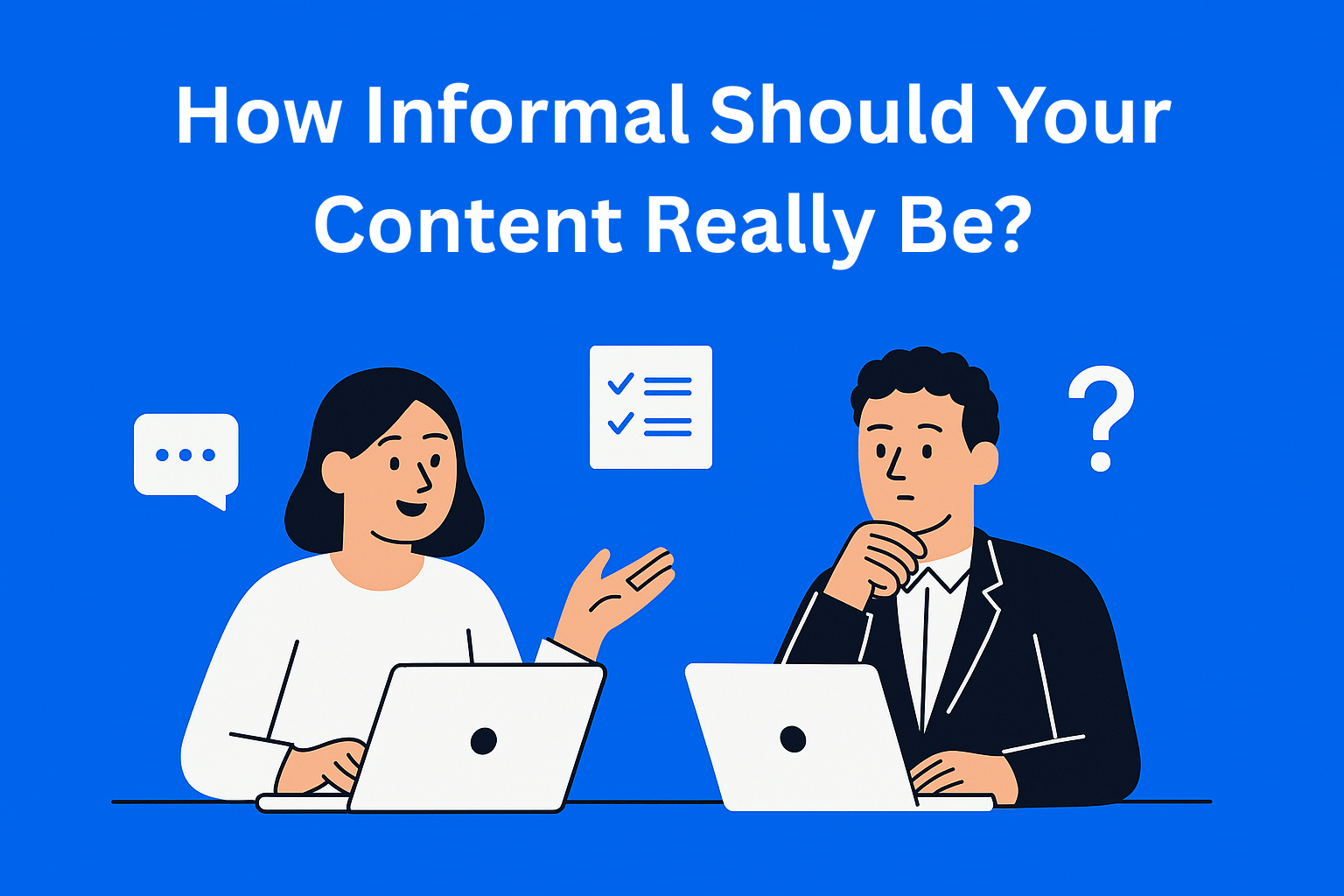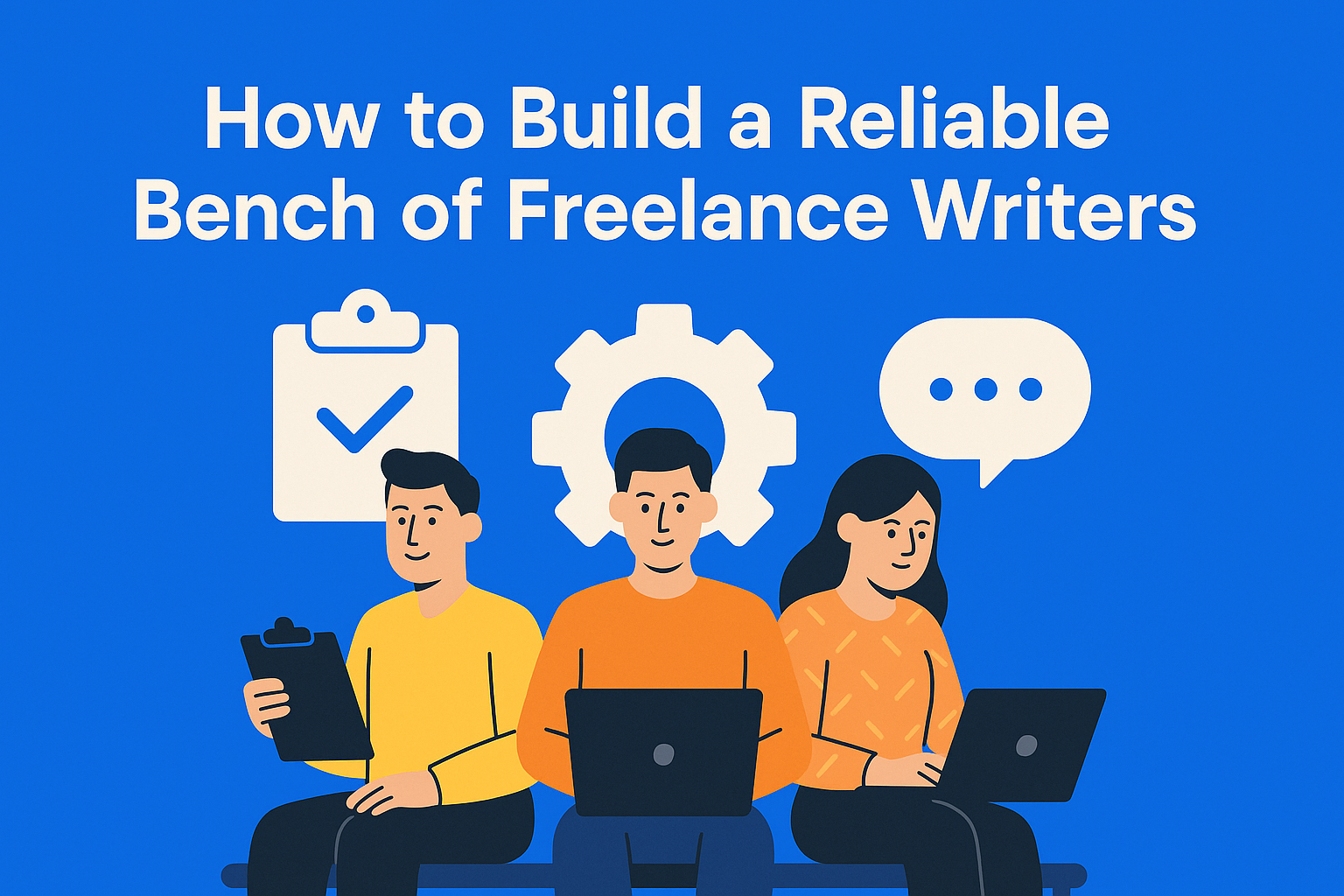How to Train AI to Work in Your Style: What Every Brand Needs to Document
Train AI to write in your brand’s voice. Learn what your team needs to document-from tone and messaging to personas and examples-so AI becomes a true collaborator, not just a generic tool.

In the ever-evolving landscape of digital marketing, AI is rapidly becoming a powerful ally in content creation. From generating blog posts to writing social media headlines, tools like ChatGPT are changing the way content teams operate. But here's the thing: artificial intelligence, no matter how advanced, does not inherently understand the unique tone, messages, or strategic goals of your brand. These fine differences require guidance. To truly leverage AI in branded content creation, companies must prepare a structured and thoughtful documentation of their tone, services, and communication standards.
This text outlines everything your content team needs to document in order for AI to become a reliable collaborator that understands your brand.
Key Takeaways
- AI needs structured brand documentation to generate content that aligns with your voice, values, and strategy.
- Essential elements include tone of voice, value propositions, product descriptions, personas, examples, and style rules.
- Organize the documentation in a clear, AI-friendly format using Markdown or plain text for easy prompting.
- Use the documentation within prompts or tools like ChatGPT to guide content creation and minimize revisions.
- Treat your documentation as a living asset-keep it updated to scale quality content across teams and platforms.
Why AI Needs Brand Documentation
Imagine hiring a new content writer without giving them a style guide, information about your services, or target audience personas. The result? Generic, off-brand content that misses the mark. The same logic applies to using AI tools. Without context, even the best AI generates text that is not aligned with your goals and strategy.
Structured brand documentation serves as the foundation for aligning AI-generated content with your brand identity. When given that context, AI can create content that matches your tone, reflects your values, and resonates with your target audience.
This approach not only improves output quality but also enables content scalability, supports consistent communication across all channels, and reduces the editorial burden on your team.
What Your Brand Needs to Document for AI
1. Brand Tone and Style Guidelines
Your brand tone is the personality of your communication. It's what makes your content recognizable, whether it’s formal and authoritative or friendly and conversational. AI needs explicit instructions to replicate this.
Key elements:
- Tone (e.g., confident, empathetic, professional)
- Preferences in sentence structure and length
- Common phrases or expressions
- Words to avoid (e.g., "cheap" instead of "affordable")
For effective AI-powered content marketing, your tone guidelines should be practical, concise, and filled with examples. Consider creating a comparison section: what is "our style" and what is not.
2. Key Messages and Value Propositions
Your core communication pillars must be unambiguous. These are the messages that should appear across all content types.
Define your unique selling points (USP), mission and vision, market positioning, and things that set you apart from the competition.
When this information is included in the documentation, AI can create content focused on the right themes and goals, in line with your overall content strategy and conversion objectives.
3. Service and Product Descriptions
An often-overlooked section in brand documentation is the details about services and products. AI needs accurate, updated, and clearly formatted descriptions to understand what you offer.
Use lists for clarity, include frequently asked questions for each service/product, and add real-world examples or client case studies.
This is especially important for AI-generated website content, email campaigns, and educational materials such as guides or whitepapers.
4. Buyer Personas
AI can communicate effectively with your audience only if it knows who they are. Buyer personas are key to helping AI adapt tone, vocabulary, and structure to different segments.
Include:
- Demographic and psychographic data
- Communication preferences
- Problems and challenges
- Stage of the customer journey
For example, content for high-level executives in B2B software companies differs drastically from that aimed at Gen Z audiences on social media. These differences are crucial for audience segmentation and personalized content.
5. Examples of Good and Bad Content
One of the most effective methods for training AI is comparison. If you show what your team considers quality content and what it considers poor, you set a clear standard.
Structure this section with examples and comments, visual references or formats, and explanations of what works and why.
This helps AI better understand style, structure, and language nuances in practice. It also reduces the number of revisions, speeding up content production.
6. Style and Visual Preferences
Although AI does not handle design directly, many content teams use it to generate website text, video scripts, or structured blog content that goes into design.
Pay attention to headline formatting rules, use of emojis or symbols, and style references (e.g., use of the Oxford comma, heading hierarchy).
By aligning style and structure, you ensure better collaboration between AI-generated drafts and human teams working on design and layout.
How to Structure Documentation: AI-Friendly Format
To get the most out of documentation, it needs to have a clean, logical structure. Markdown or plain text with clear headings is best, especially when copying into AI input fields or using custom-trained models.
Recommended sections:
## Brand Tone and Style## Key Messages## Product/Service Descriptions## Audience Profiles## Content Examples
Avoid complicated PDF files with dense slides or unorganized notes. Instead, use modular, easy-to-read layouts. Use lists, short paragraphs, and clearly labeled examples.
For teams using platforms like EasyContent or Notion, consider creating a shared file that can be easily updated and is accessible to everyone using AI tools.
How to Use the File with AI Tools like ChatGPT
Once you’ve created the documentation, it’s time to use it. Whether you're using ChatGPT, Jasper, or a custom GPT-4 assistant, the principle is the same.
Prompt example:
"Act as a senior content strategist for [company name]. Here is our brand documentation [insert or link]. Create a 1000-word blog post on [topic] in line with our style."
Tips:
- Insert the documentation at the start of the conversation, or use the "Custom Instructions" feature where available
- Work with prompts in multiple steps: start with a draft, then ask the AI to refine, rephrase, or expand according to the brand
- Give feedback: tell the AI what it did well and where it missed the mark
Using documentation this way ensures better brand consistency, fewer revisions, and faster publishing.
Conclusion: AI Is Powerful, But Only With the Right Input
AI is not here to replace your content team-it’s here to strengthen it. But without context, it's guessing. A comprehensive brand documentation file is like an onboarding manual for AI, aligning its results with your goals, tone, and audience.
By investing in structured, AI-friendly documentation, your team will improve the quality of AI-generated content, scale production without compromising quality, and ensure consistent messaging across all platforms.
Now is the right time to secure the future of your content team. Start building your file today and turn AI from a generic assistant into a strategic partner in marketing.






